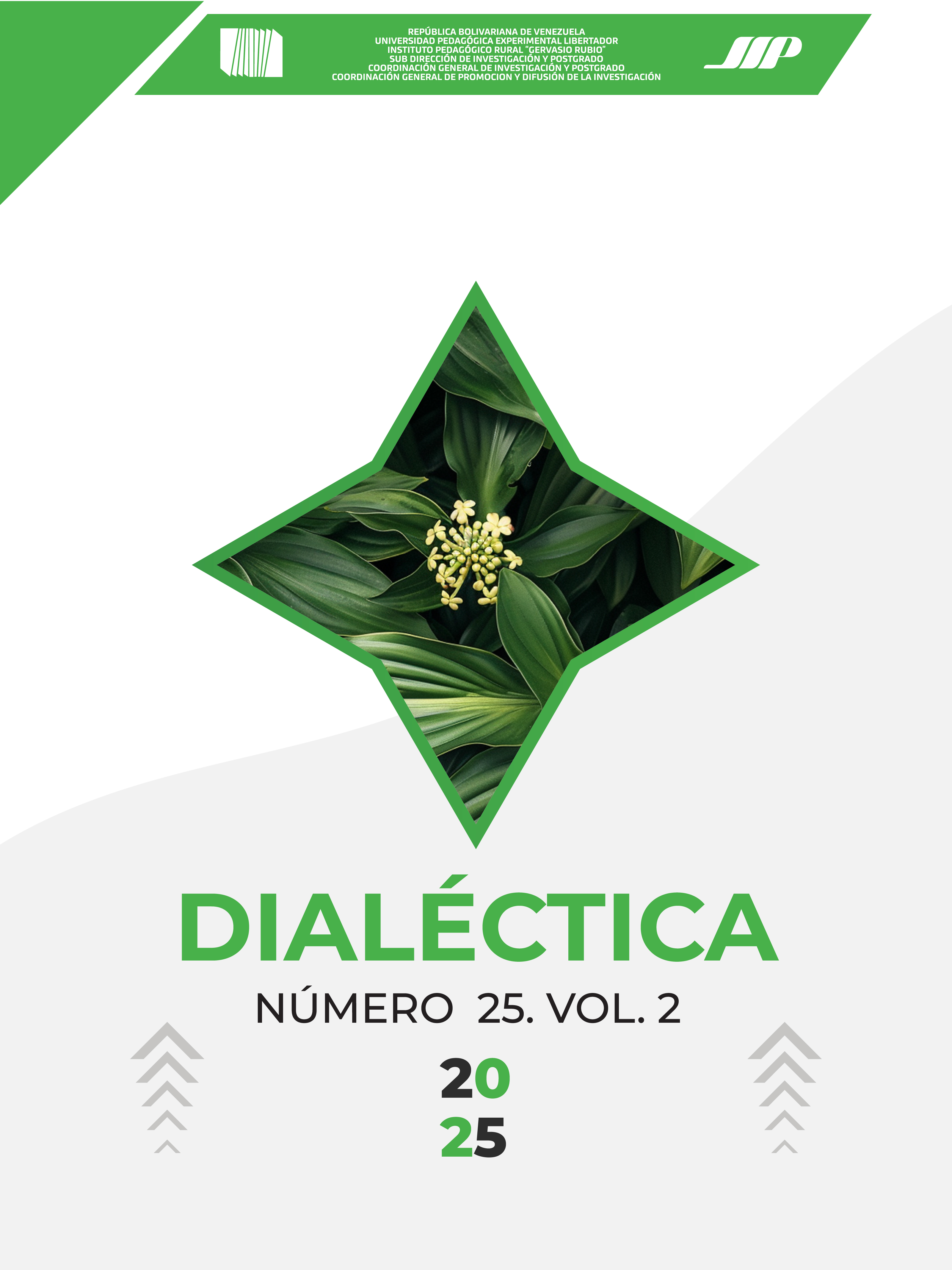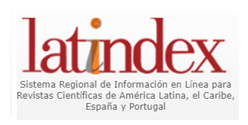ANALYSIS OF THE IMPACT OF MOBILE DEVICE USE IN CLASSROOMS
DOI:
https://doi.org/10.56219/dialctica.v2i25.3983Keywords:
Mobile devices, educational use of technology, Digital divide, educational applicationsAbstract
The article is a narrative review of the most relevant aspects present in the scientific literature regarding the use of mobile devices in classrooms. This topic has been a subject of debate in recent years, especially in the post-pandemic period, during which the integration of technology to sustain the continuity of educational systems, among other factors related to mandatory isolation, has made students more dependent on screens. Numerous studies have shown that mobile devices can have both positive and negative impacts on the educational environment. The purpose of this work is to conduct a review and analysis of the literature produced in the post-pandemic period on research aimed at determining these impacts, examining the issue of the digital divide, and analyzing national regulations on the subject. In general, there are two extreme positions: on one hand, some research highlights that mobile phone can be powerful tools for interactive and personalized learning, allowing access to a vast amount of information and educational resources, which can enrich classes and promote independent research. Additionally, educational applications and learning platforms can be tailored to the individual needs of students, improving inclusion processes and also facilitating and promoting collaborative work. On the other hand, significant negative impacts are documented, such as the lack of self-regulation leading to distraction, which decreases concentration and participation in academic activities. Furthermore, excessive use of mobile phones can affect social skills and face-to-face interaction, which are crucial for interpersonal development. The literature also suggests that texting can cause problems with writing and reading comprehension.
Downloads
References
Fernández Arias, P., Vergara Rodríguez, D., Polo López, J., & Fernández-Alfaraz, M. L. (2021). Revisión de la implantación del M-learning como método de aprendizaje en España en los niveles educativos de primaria y secundaria. Revista Educativa HEKADEMOS, (30). Recuperado a partir de https://hekademos.com/index.php/hekademos/article/view/38
Gamarra Canre, F. (2021). M-Learning una oportunidad para el sistema educativo. Polo del Conocimiento: Revista científico-profesional, 6(1), 998-1019. https://dialnet.unirioja.es/servlet/articulo?codigo=9292123
López Vargas, O., Ortiz Vásquez, J. y Ibáñez Ibáñez, J. (2020). Autoeficacia y logro de aprendizaje en estudiantes con diferente estilo cognitivo en un ambiente m-learning. Pensamiento Psicológico, 18(1), 71-85. https://doi.org/10.11144/javerianacali.ppsi18-1.alae DOI: https://doi.org/10.11144/Javerianacali.PPSI18-1.alae
Mejía Dávila, M. R. (2020). M-Learning: características, ventajas y desventajas, uso. Revista Docentes 2.0, 8(1), 50-52. https://ojs.docentes20.com/index.php/revista-docentes20/article/view/80 DOI: https://doi.org/10.37843/rted.v8i1.80
Ronderos, P. y Valderrama, A. (2003). El Futuro de la Tecnología: una aproximación desde la historiografía. CTS+ I: Revista Iberoamericana de Ciencia, Tecnología, Sociedad e Innovación, (5), 5. Recuperado de https://tecnologiainformacionpnfi.wordpress.com/2011/05/18/el-futuro-de-la-tecnologia-una-aproximacion-desde-la-historiografia/
Salica, M. A. y Almirón, M. E. (2020). Analítica del aprendizaje del móvil learning (m-learning) en la educación secundaria. Revista Iberoamericana de Tecnología en Educación y Educación en Tecnología, (27), 28-35. http://www.scielo.org.ar/pdf/ritet/n27/n27a04.pdf DOI: https://doi.org/10.24215/18509959.27.e3
Serna Asensio, B. (2021). La metodología m-learning y la organización del espacio en el aula inteligente de Educación Infantil. [Tesis de Maestría]. Repositorio digital Universidad abierta de Cataluña https://openaccess.uoc.edu/bitstream/10609/ 129506/8/bsernaaTFM0121memoria.pdf
Valderrama H, C.E. (2012). Sociedad de la información: hegemonía, reduccionismo tecnológico y resistencias. Nómadas, (36), 13-25. Recuperado de http://www.scielo.org.co/scielo.php?script=sci_arttext&pid=S0121-75502012000100002&lng=en&tlng=es.
Yañez Moretta, P. (2016). El proceso de aprendizaje: fases y elementos fundamentales. Revista San Gregorio, (11), 70-81. https://dialnet.unirioja.es/servlet/articulo? codigo=5585727
Zamora Delgado, R. (2019). El M-Learning, las ventajas de la utilización de dispositivos móviles en el proceso autónomo de aprendizaje. ReHuSo: Revista de Ciencias Humanísticas y Sociales, 4(3), 29-38. https://dialnet.unirioja.es/servlet/articulo? codigo=7047179 DOI: https://doi.org/10.33936/rehuso.v4i3.1982
Downloads
Published
How to Cite
Issue
Section
License

This work is licensed under a Creative Commons Attribution-NonCommercial-ShareAlike 4.0 International License.
La revista Dialéctica conserva los derechos patrimoniales (copyright) de las obras publicadas, que favorece y permite la reutilización de los mismos bajo la licencia Creative Commons Atribución-NoComercial-CompartirIgual 4.0 , por lo cual se pueden copiar, usar, difundir, transmitir y exponer públicamente, siempre que se cite la autoría y fuente original de su publicación (revista, editorial, URL y DOI de la obra), no se usen para fines comerciales u onerosos y se mencione la existencia y especificaciones de esta licencia de uso. Si remezcla, transforma o crea a partir del material, debe distribuir su contribución bajo la misma licencia del original.











